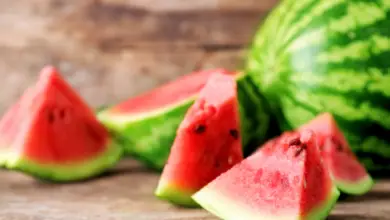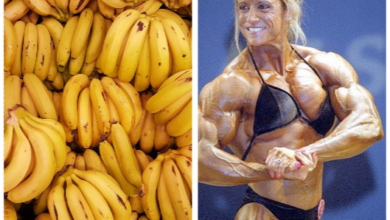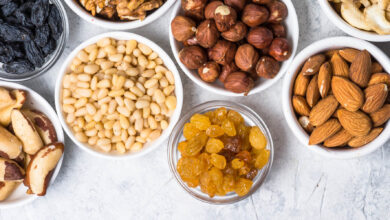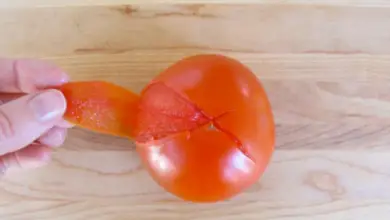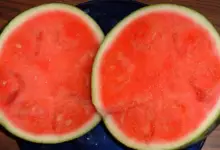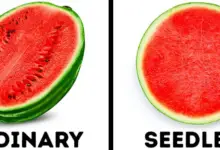Are Banana Leaves Edible? Are They Safe to Eat?
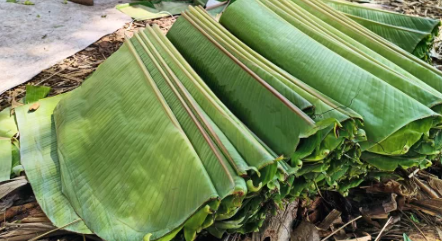
Banana leaves are large, flexible leaves that grow around clusters of bananas. These bright green leaves with contrasting dark midribs can reach up to 2 meters long and 1 meter wide. But beyond their ornamental appeal, you may be wondering – can you actually eat banana leaves? Are they edible and safe for human consumption?
Table of Contents
An Overview of Banana Leaves
Banana leaves grow thickly layered around the banana plant’s central stem. They emerge layered inside furled fronds that steadily unfurl as the leaves mature.
Botanically speaking, the banana plant is a gigantic herb rather than a tree. Its showy leaves comprise the lush green pseudostems that encase the plant’s true trunk.
Banana leaves offer numerous benefits for the growing bananas:
- Protecting fruit clusters from sunburn, wind damage, and insect pests. The leaves form a natural canopy that shields delicate banana fingers.
- Channeling rainwater down towards the roots, while also preventing erosion around the base. Their layered arrangement helps direct runoff.
- Providing support for the heavy bunches of bananas. The sturdy midribs bear the weight of fruits nearing ripeness.
In many tropical areas, banana leaves serve as versatile natural resources used for food wrapping, cooking, housing construction, and crafts. Their generous size, strength, and waterproofness make them useful for a variety of functions.
Are Banana Leaves Actually Edible?
The good news is that banana leaves are indeed edible. However – you can’t consume them directly as a leafy salad. Instead, they serve as a natural and exotic method of cooking, allowing your culinary creations to absorb the leaf’s essence.
Although, banana leaves are not toxic to humans. And their tough, fibrous texture makes them less than ideal for eating raw straight from the plant. The banana leaf acts as a disposable plate and it in itself is not consumed. The leaf also has an astringent, bitter taste due to plant compounds called tannins making it quite unpleasant to eat.
Possible Concerns
While banana leaves are edible, people considering eating them should be aware of a few precautions and concerns:
1. Pesticide Exposure
Many commercial banana operations rely heavily on pesticides during cultivation. These chemicals can persist as residues on the outer leaves. Peeling or scrubbing leaves may help, but avoiding sprayed leaves is ideal.
2. Hygiene
Raw banana leaves may harbor contaminants from insects, animals, soil, and other sources. Proper washing helps, but cooked leaves carry less risk.
3. Digestive Upset
The high fiber content could cause gas, bloating, or diarrhea if you eat too much because of the high fiber content.
Final Thoughts on Eating Banana Leaves
Banana leaves offer a range of benefits, from edible wraps to crafts and construction materials. They can provide a unique flavor to cooked dishes while also preventing food from drying out or sticking. However, they should be used with caution due to potential pesticide exposure, hygiene issues, and digestive upset. Even If you’re considering eating banana leaves, make sure to source them from a reliable, organic producer.

